#defoliation
Text
GROW BIGGER BUDS: LEAF STRIPPING (BEFORE & AFTER RESULTS), TOPPING AND TRANSPLANTING CANNABIS
GROW BIGGER BUDS: LEAF STRIPPING (BEFORE & AFTER RESULTS), TOPPING AND TRANSPLANTING CANNABIS
This Channel✅ Posts EVERY SUNDAY! Indoor grow guide on increasing yields and achieving bigger buds with leaf stripping and lollippopping techniques. We then show how to top cannabis as well as transplant and top dress feeds with organic dry amendments. All using led grow lights.
This channel and its content are intended for adults over the age of 21. I do not condone any illegal activities, and…

View On WordPress
#cannabis grow...#cannabis timelapse#closet grow#defoliation#gaia green#Garden#gardening for beginners#gardening tips#grow guide#grow tips#growing cannabis#growing in coco coir#indoor garden#indoor gardening#indoor grow#leaf stripping#led grow#led grow lights#lollipopping#marijuana grow#mars hydro#meizhi led#meizhi leds#mr.canucks grow#organic dry amendments#organic fertilizer#organic garden#organic nutrients#pruning#topping
3 notes
·
View notes
Text
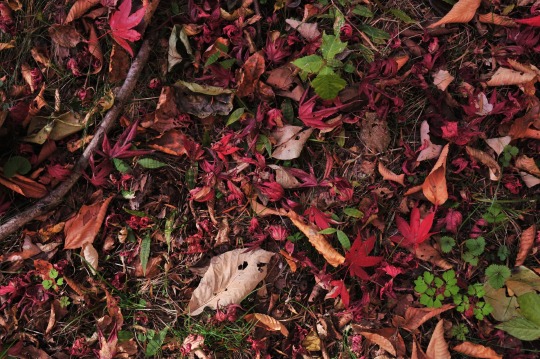
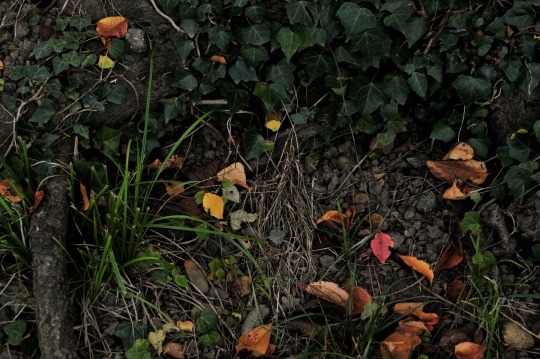


「落ち葉」
#fallenleaves#defoliation#deadleaves#autumnleaves#autumn#nikond300#photograph#photography#落ち葉#落葉#枯れ葉#紅葉#秋#写真#いつかの写真#写真好き#写真で伝えたい私の世界#写真好きな人と繋がりたい#歩楽里写真部
1 note
·
View note
Text
Deciduous Foliage Is Efficient
Maple foliage only seems to be messy because it all falls at once.
(Horridculture will resume on Friday.)
Contrary to popular belief, most deciduous trees, those that drop all their leaves in autumn, are not as messy as most evergreen trees. There are of course a few exception; such as cacti that lack foliage completely, or Italian cypress that drop their finely textured foliage straight down…
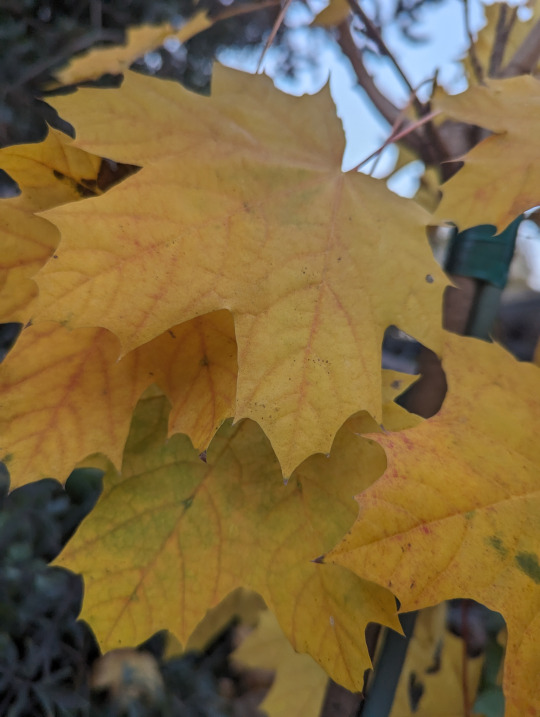
View On WordPress
0 notes
Text
The ability of ethylene gas to cause defoliation in birch trees is shown in Figure 22.23.


"Plant Physiology and Development" int'l 6e - Taiz, L., Zeiger, E., Møller, I.M., Murphy, A.
#book quotes#plant physiology and development#nonfiction#textbook#ethylene gas#ethylene#birch trees#defoliation#betula pendula
0 notes
Text

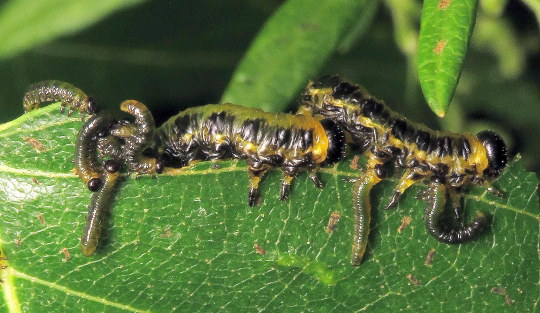

Bug of the Day
Man, these dusky birch sawflies (Nematus latitarsus) were going to town on the birch in the field we were in. Larval aggregations are impressive defoliators :-)
#Nematus latitarsus#Nematus#dusky birch sawfly#sawfly#Tenthredinidae#Hymenoptera#insect#birch#defoliator#larval aggregation#BotD#bug of the day
176 notes
·
View notes
Note

do you know who this friend is? they were spotted in japan and I'm making this id request on the behalf of a twitter user. hopefully the photo isn't too blurry/low quality since I had to take a screenshot from the video they posted :')
The closest match I could find is an Ailanthus defoliator, Eligma narcissus. So if it's not that, I'd say it's almost certainly another moth in the same family, Nolidae.
117 notes
·
View notes
Text
I have so many things I need to catch up on and respond to (I have severely neglected my email which is NOT good) so I apologize. I will get around to it this week I hope!
Old followers will know that this is the norm for me this time of year as I once again rally the strength to try and make the most of my severely neglected little urban hellscape of a yard. I mean, how do you recover from the knowledge that ALL of the native milkweed species you planted over the last 4 years has died, never to return? (I can’t stop being sad about this you have no clue, I had 5+ species native to the state!) All that remains is the common milkweed volunteers that have come up wherever they feel like it, and I’m obligated to let them do as they wish. Feels bad, man. I would have killed to see that purple milkweed flower.
Have spent the last 2+ weeks getting my veggie garden and containers up and running (still need to sow beans and more kale) and I’ve got more natives/ornamentals to go into my nearly cleared side yard. I’m really really REALLY hoping my new virginia bluebells don’t die with this heat/likely drought, but I’m pretty confident everyone else will come through okay. I mean, if the cardinal flower can come back for the 3rd year like a champ, what’s their excuse? (Dear self: be thankful, the cardinal flower likes you and you know it shouldn’t and that’s rad. Also the prairie smoke plant is starting to spread and that’s really cool. So is the hepatica. And your ferns are getting big and beautiful! So remember what’s working out, ok?)
I just want my little plot to be the hopping hot spot for all the local wildlife. It’s nice to see so many critters anywhere I look but I know I can do better and that requires A LOT of work. I’ll never be anything akin to a master gardener, but I like to think I’m learning a lot every day and working WITH nature instead of against it. Battling invasives is one hell of task. (Rot in hell, creeping bellflower!)
Now if only it would rain, and I can find a way to get a rain barrel setup! (No gutters in my back yard to access for rain is a major L...)
#April rambles#gardening season!!!!#urban gardening#native gardening#attempting a kinda sorta woodland planting on the shaded half of the side yard#got my lady ferns and my maidenhair ferns ready#doing my best to keep my native plants as the majority for the yard but I do splurge on some ornamentals#who can resist peonies am i right?#can't wait for the lupines to take off I need to start expanding the native ones!#when in doubt there are always asters#my columbine got defoliated by sawflies and I'm SAD#it's still alive though but I'm babying it#having a WEED fail to return for you is a major blow to the would-be ego#i hope to fuck my new liatris comes in strong because YES!!!!!#so many tall plants that fall over it's pure chaos#looking at you 5+ feet tall joe pye weed and 6+ foot tall goldenrod#absolute beasts!
61 notes
·
View notes
Text
That the term "military chemical compound" is specifically differentiated from chemical warfare agents is a kind of fascinating rhetorical sleight of hand. "Riot control" agents, herbicides, respiratory irritants, incendiaries, and smoke materials including even white phosphorus can be considered "military chemical compounds" and not chemical weapons*. You can do an awful lot of damage with defoliants and certainly white phosphorus or an irritant like chlorine, but you still get to say you weren't using chemical weapons since congrats, you stopped short of like. sarin. Interesting way to allow for certain permissible methods of harm, in contrast to those you (nominally) label out-of-bounds
*this is according to US classifications
#not that treaties/conventions will really hold back a country that desperately wants to do atrocities w regulated/banned weapons#but i think it's interesting the efforts made to sidestep even those somewhat toothless agreements#like. the us specifically did not ratify the geneva convention on chemical weapons until after vietnam so they could keep using defoliants#and yes schedule 1 chemical weapons like vx are surely 'worse' than like tear gas. however they are all still weaponized chemicals#and i think it's interesting how the lines get drawn#also wild to me that chlorine is considered a respiratory irritant and therefore a permissible military chemical? ok??#when the 1925 geneva convention on chemical weapons was created due to the use of gas in wwi (mustard yes but also chlorine)??#chemical warfare#skravler
15 notes
·
View notes
Photo

#agent orange#Vietnam#war crimes#crime#herbicide#chemical defoliant#tactical use#Chemical compost#warfare#cold war#war#vietnam war
36 notes
·
View notes
Text
Ya’know I have a new appreciation for Zero Escape
After playing some Escape Room visual novels, I really appreciate Zero Escape’s puzzles and its feedback. Like it has a few puzzles that are brain busters or can be confusing but it does offer feedback. If you fail a puzzle or do something wrong the characters will say something.
Characters can also help and point you in the right direction. Its something I never really thought about. And it also has character interactions which just develops the characters better. Some of the indie games I play lack that feedback on certain puzzles making it more frustrating.
#Zero Escape#Puzzle Games#Visual Novels#if you want a game that has terrible feedback#defoliation on the switch#some puzzles are just easy#some need some thought#but many are just banging your head into a wall because the game has no clues and bad hints
2 notes
·
View notes
Text
Ancient redwoods recover from fire by sprouting 1000-year-old buds
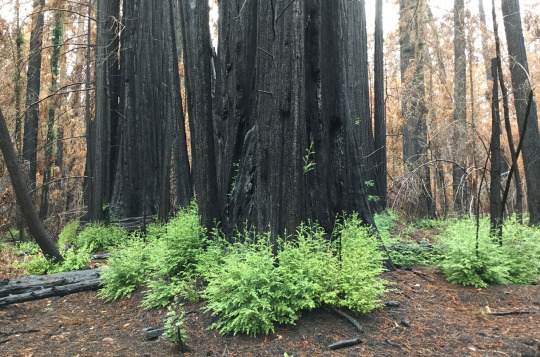
Article | Paywall free
When lightning ignited fires around California’s Big Basin Redwoods State Park north of Santa Cruz in August 2020, the blaze spread quickly. Redwoods naturally resist burning, but this time flames shot through the canopies of 100-meter-tall trees, incinerating the needles. “It was shocking,” says Drew Peltier, a tree ecophysiologist at Northern Arizona University. “It really seemed like most of the trees were going to die.”
Yet many of them lived. In a paper published yesterday in Nature Plants, Peltier and his colleagues help explain why: The charred survivors, despite being defoliated [aka losing all their needles], mobilized long-held energy reserves—sugars that had been made from sunlight decades earlier—and poured them into buds that had been lying dormant under the bark for centuries.
“This is one of those papers that challenges our previous knowledge on tree growth,” says Adrian Rocha, an ecosystem ecologist at the University of Notre Dame. “It is amazing to learn that carbon taken up decades ago can be used to sustain its growth into the future.” The findings suggest redwoods have the tools to cope with catastrophic fires driven by climate change, Rocha says. Still, it’s unclear whether the trees could withstand the regular infernos that might occur under a warmer climate regime.
Mild fires strike coastal redwood forests about every decade. The giant trees resist burning thanks to the bark, up to about 30 centimeters thick at the base, which contains tannic acids that retard flames. Their branches and needles are normally beyond the reach of flames that consume vegetation on the ground. But the fire in 2020 was so intense that even the uppermost branches of many trees burned and their ability to photosynthesize went up in smoke along with their pine needles.
Trees photosynthesize to create sugars and other carbohydrates, which provide the energy they need to grow and repair tissue. Trees do store some of this energy, which they can call on during a drought or after a fire. Still, scientists weren’t sure these reserves would prove enough for the burned trees of Big Basin.
Visiting the forest a few months after the fire, Peltier and his colleagues found fresh growth emerging from blackened trunks. They knew that shorter lived trees can store sugars for several years. Because redwoods can live for more than 2000 years, the researchers wondered whether the trees were drawing on much older energy reserves to grow the sprouts.
Average age is only part of the story. The mix of carbohydrates also contained some carbon that was much older. The way trees store their sugar is like refueling a car, Peltier says. Most of the gasoline was added recently, but the tank never runs completely dry and so a few molecules from the very first fill-up remain. Based on the age and mass of the trees and their normal rate of photosynthesis, Peltier calculated that the redwoods were calling on carbohydrates photosynthesized nearly 6 decades ago—several hundred kilograms’ worth—to help the sprouts grow. “They allow these trees to be really fire-resilient because they have this big pool of old reserves to draw on,” Peltier says.
It's not just the energy reserves that are old. The sprouts were emerging from buds that began forming centuries ago. Redwoods and other tree species create budlike tissue that remains under the bark. Scientists can trace the paths of these buds, like a worm burrowing outward. In samples taken from a large redwood that had fallen after the fire, Peltier and colleagues found that many of the buds, some of which had sprouted, extended back as much as 1000 years. “That was really surprising for me,” Peltier says. “As far as I know, these are the oldest ones that have been documented.”
... “The fact that the reserves used are so old indicates that they took a long time to build up,” says Susan Trumbore, a radiocarbon expert at the Max Planck Institute for Biogeochemistry. “Redwoods are majestic organisms. One cannot help rooting for those resprouts to keep them alive in decades to come.”
-via Science, December 1, 2023
#redwoods#california#wildfire#climate change#extreme heat#natural disasters#botany#plant biology#photosynthesis#santa cruz#hopepunk#sustainability#climate hope#united states#good news#hope
11K notes
·
View notes
Text
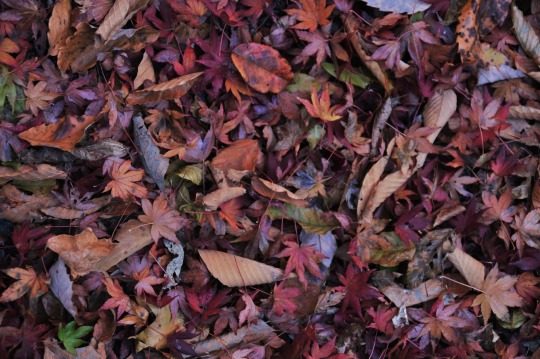


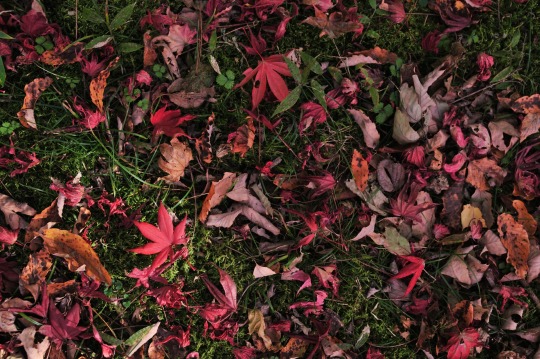
「落ち葉」
#fallenleaves#defoliation#deadleaves#autumnleaves#autumn#nikond300#photograph#photography#落ち葉#落葉#枯れ葉#紅葉#秋#写真#いつかの写真#写真好き#写真で伝えたい私の世界#写真好きな人と繋がりたい#歩楽里写真部
0 notes
Text
Dormancy Facilitates Survival Through WInter
Deciduous vegetation defoliates for winter dormancy.
Dormancy is not exclusive to vegetation. Many animals are dormant while they hibernate through cold winter weather. Some animals are dormant while they aestivate through hot and dry weather. Fungi and bacteria can maintain dormancy for many years or centuries. Dormancy is a technique for avoiding unpleasant situations, such as cold or hot…
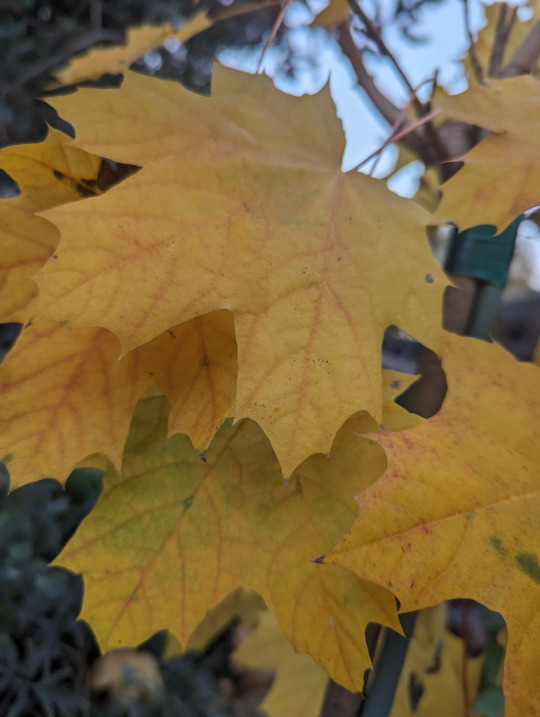
View On WordPress
0 notes
Text
I’ll never get used to my arms and phone always being covered in this sticky resin stuff from the plants
#I trim/defoliate for like 8+ hrs a day#so yeah the resin gets all over me and I always come home smelling like weed every day#delete later#I love my job lmao
1 note
·
View note
Text
Busty Skyla Novea gets fucked by JMac
Freaky couple Alyssa and clarence
Bigtit eurobabe masturbating solo
Trans masturbates from back on the seat
Busty shoplifter rammed by LP security
Bad dragon monster dildo
Teen Slut Kenzie Reeves Slobs On Stepbros Big Cock
Cinthia fernandez
hot asian teen with perfect boobies
Hot cock ride
#congou#oddness#a-work#brinjal#piedmontite#Hadlyme#defoliations#supermagnificently#samplemen#pantywaist#civiliser#bertrum#single-stepped#bichos#skipple#doryman#nonconfiscation#solstitial#Acipenseroidei#globalist
0 notes
Photo

Defoliator ship incoming!
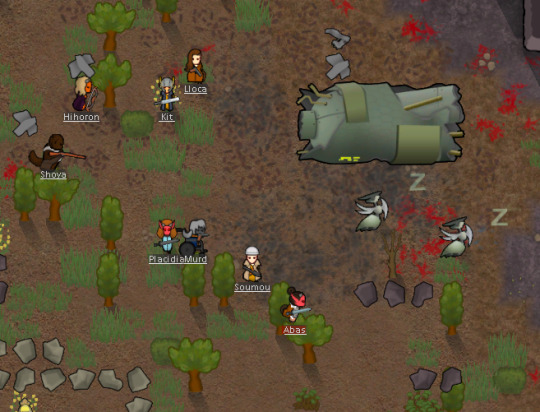
We need to go deal with this. Shoya’s fired the first shot.

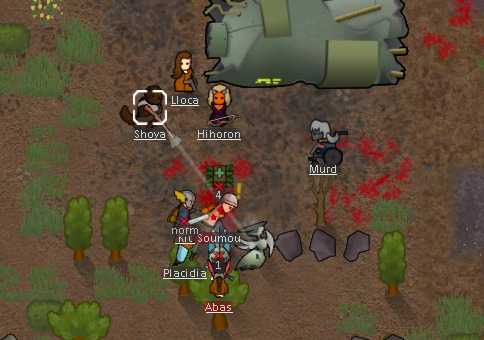
Soumou’s down
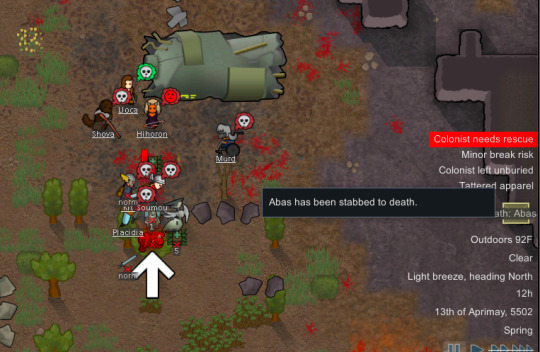
A
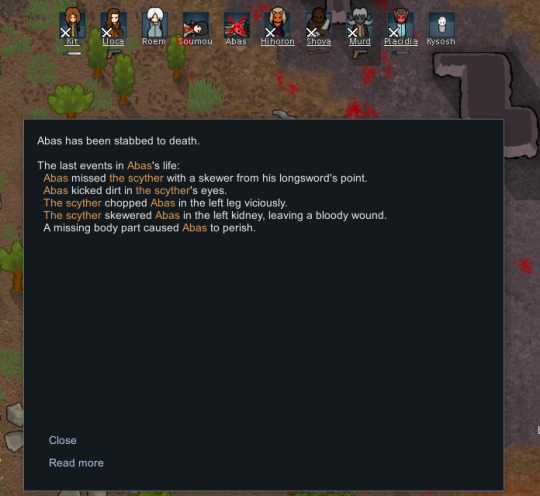
A B A S
his other fucking kidney

AND MURD TOO

GOD
why the FUCK

We literally CANT GET TO SOUMOU BECAUSE THIS FUCKING MACHINE IS IN THE WAY
MOVE!!

NOT YOU TOO HIHORON

Kit’s lost an arm

-

SHOYA.

jesus. finally. oh my god.

They were NOT lying when they said mechanoids in CE are extremely tough

hihoron, im sorry about your fiancee
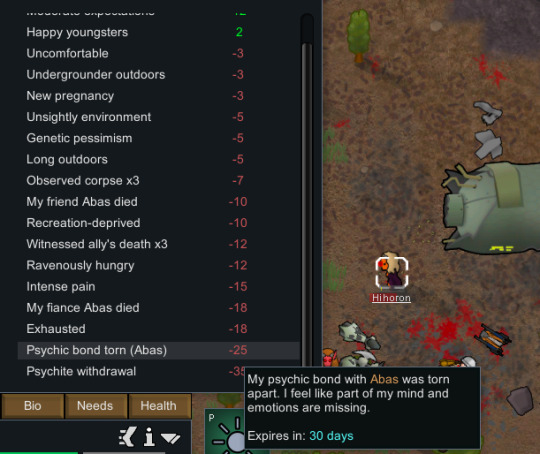
that is gonna leave some mental marks.

...welcome back.
We ended up losing three of our people today. I’m not sure whether i should be mad at Shoya or not. We were all in a panic, and when you panic, you miss your shots. Maybe it couldn’t have been helped.
0 notes